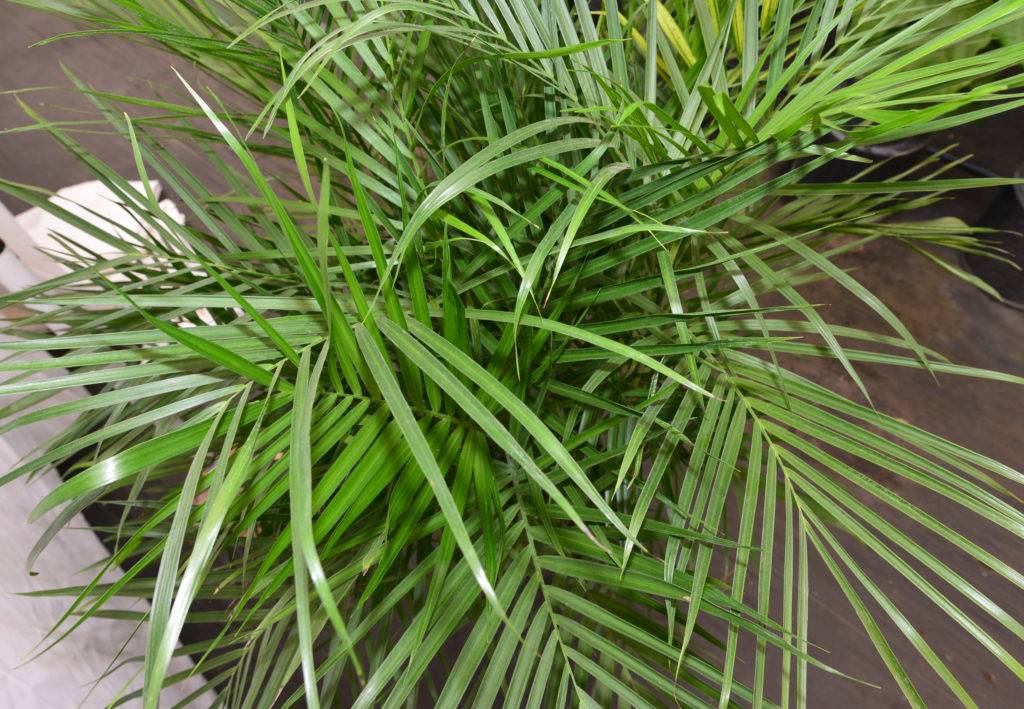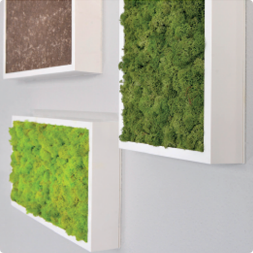Your Complete Guide to Caring for a Bamboo Palm in Your Home

The bamboo palm is the perfect plant to combine ease of care, a pop of color, and a healthy dash of style in a neglected corner of your apartment. That’s why we’re breaking down everything you need to know about the bamboo palm, from characteristics to uses to how to care for it.
What is the Bamboo Palm Plant?
A bamboo palm, or Chamaedorea, is a type of palm in the Chamaedorea genus.
It’s also a rare tropical delight in that, unlike many of its warm-weather cousins, it can actually thrive in lower light. Most tropical plants actually need bright light in order to live, however, the bamboo palm is happiest in low and indirect light.
But that’s the classic story of this plant: it’s hardy, low fuss, and puts on a good show.
Characteristics
The Chamaedorea bamboo palms are a popular houseplant, and once you’ve tried one, you’ll understand why. However, they should not be confused with real bamboo. Real bamboo is a grass, in the Poaceae family; Chamaedorea is a palm, in the Aracaceae family. Real bamboo requires a full dose of sun and many species of bamboo are grown ornamentally outdoors in the southern United States. The Chamaedorea palms are called “bamboo palms” because of their resemblance to real bamboo, but we can enjoy these palms indoors in lower light situations.
Nonetheless, most bamboo palms remain on the small side, though they will grow taller if they have a larger pot or if they’re planted outdoors (bamboo plants allowed to spread can get between 4-12 feet tall.
For those who want a tropical flair in their outdoor garden, check your climate–the bamboo palm can be planted outdoors in USDA plant hardiness zones10 and 11.
Cleaning the Air
Most plant experts can agree that the bamboo palm has a significant positive effect on your health.
How? It’s simple: like many plants, the bamboo palm is great at cleaning the air.
In particular, bamboo palms are good at absorbing formaldehyde, benzene, chloroform, and carbon monoxide from the air.
Talk about a friendly neighbor!
Decoration
Do you really need another reason to start searching for your very own bamboo palm?
If you do, we can’t ignore one of the main attractions of the bamboo palm: it’s a very pretty plant to put on display in your home.
It has an exotic flair that many a flower pot lacks, but it’s still a tidy, compact plant with an attractive shape and a certain aura of sophistication.
Plus, it’s a pretty easy plant if you want to brighten up a neglected corner of your apartment or living room.
Caring for Your Bamboo Plant
Okay great, you’re thinking, but how hard is it to keep this plant alive?
Not as hard as you might think.
Unlike some other popular houseplants with a diva reputation (looking at you, fiddle leaf fig), the bamboo palm is a laid back housemate that isn’t terribly demanding.
That’s not to say you can put it anywhere and it will grow like a weed, but you’ve got a solid chance of success as long as you take the right steps to take care of your new friend.
Lighting Conditions
Now, you might think that a tropical plant like bamboo likes a lot of sunshine right?
Wrong.
Remember earlier when we said that the bamboo palm actually prefers low light conditions?
The bamboo palm, as a rule, prefers minimal sunlight and likes to take the sunlight it does get in the form of indirect, filtered light or shade.
Wherever you place your palm, be cautious when changing locations–a sudden change in lighting conditions can shock the plant and cause serious damage. Anytime you want to change lighting conditions, do it gradually so your plant has time to adjust to the change.
Temperature and Humidity
As we’ve mentioned, bamboo palms are tropical plants.
That means that, despite their low-fuss personality, they do have certain requirements in terms of temperature and humidity.
The bamboo palm grows best in temperatures between 65 to 80 degrees Fahrenheit and likes medium to high humidity.
If this doesn’t sound like your home climate, consider whether a bamboo plant is your best choice.
Either way, bamboo palms do not respond well to cold and dry conditions. They can survive just fine indoors in winter, but you can mist them periodically to make up for the moisture that’s absent from the air.
You should also be careful to protect your bamboo palm from drafts, as they don’t respond well to drafts. This usually means keeping your precious palm at a safe distance from windows and doors.
Watering
With that in mind, let’s talk about watering, one of the most basic (and finnicky) aspects of plant care.
As we’ve noted, bamboo palms like humid, moist conditions. This is not at all the same thing as sitting in mud or soaking water — if you soak your plant, you have a better chance of harming the roots than anything else.
Instead, aim to keep the soil uniformly moist (NOT wet). When the soil has dried down one-third to halfway from the top, you should water the whole top surface of the plant and make sure that any excess water drains out.
Remember: these plants don’t like sitting in water. If they sit in too much water, you run the risk of rotting roots.
As a rule, you should only water the soil when it looks dry (rather than watering it every day). If you’re not sure whether the soil is dry or not, use your Soil Sleuth – be sure to get one when you purchase your plant. With the Soil Sleuth, you can determine the relative moisture in the soil below the surface and water accordingly.
Pruning
Finally, there’s the matter of pruning.
Where houseplants are concerned, there’s a bit of debate. Some people think that pruning plants will hurt them, while others say that it doesn’t cause any harm but doesn’t have much benefit either outside of aesthetic value.
For bamboo palms, most parties agree that pruning is good for the overall health of the plant (as long as you don’t pull an Edward Scissorhands).
Inspect your palm regularly for any dead or yellowing leaves. If you see any leaves that fit this description, use sharp bypass pruners to cut them off at the base of the stem so the leaves don’t affect the health of the rest of the plant.
Always make sure to sharpen your pruners before you prune — dull blades can create uneven cuts or tears which will create open wounds. You should also make sure to clean your pruners first, as dirty pruners can spread diseases between plants.
Common Problems
Now that you know how to take good care of your beloved housemate, let’s talk about a few common problems your bamboo palm may face.
Pests
Unfortunately, bamboo palms, especially those cultivated indoors, are susceptible to pests A common issue is mites, a troublesome bug native to Japan that loves munching on bamboo. Sadly, they followed bamboo palms to the US, so they’re a problem many a bamboo grower must deal with.
They’re an annoyance, but they’re certainly manageable.
Bamboo mites like to bite the underside of the leaves and suck out juices (like a vampire) which causes the bamboo to take on a yellow-green appearance as photosynthesis is impaired.
Your best option is to wipe the top and bottom of the leaf and leaflets with a soapy solution. This will wipe away the little boogers. You might also try a systemic miticide approved for mites, as it’s absorbed throughout the plant and kills mites as they feed, though it requires repeat applications since it doesn’t kill newly laid eggs. Repeat wiping, and you’ll soon be mite free
Ready to Bring Bamboo into Your Home?
Think you’re ready to bring a bamboo palm into your life?
You came to the right place!
We offer high-quality bamboo palmsin two different sizes, depending on your preference. If you’re new to our site, check out our Before You Buysection so you’re prepared for your new green friend. Once you buy your plant, make sure to check out our Receiving Your Plantsection.


















